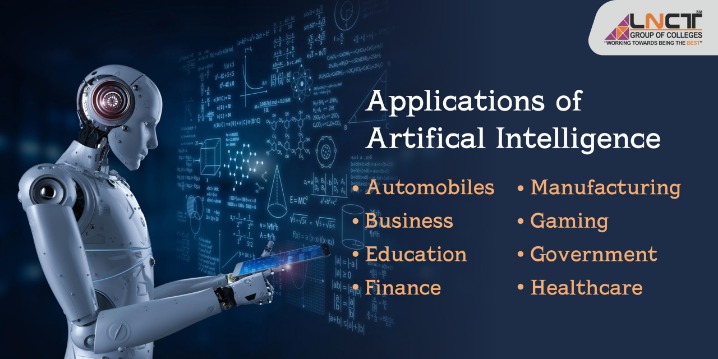The dawn of artificial intelligence has revolutionized numerous industries, with a particular spotlight on creative sectors. From generating unique artwork to producing captivating videos, the realm of creative AI tools is constantly expanding. Here’s your step-by-step guide on how to build ai tools that harness the transformative power of AI in design.
Steps to Building Innovative AI Tools
1. Understanding the Fundamentals
Before diving into development, it’s crucial to have a strong foundation in AI principles. Grasp the basics of machine learning, neural networks, and data processing. Resources like online courses and AI textbooks can provide a solid start.
2. Identifying Your Niche
AI’s versatility allows it to be integrated into various sectors. Pinpoint where your interests lie: Is it in producing stunning visual effects, enhancing user experiences, or automating design processes? Selecting a niche will streamline your project goals.
3. Gathering and Preparing Data
Data is the backbone of any AI tool. Collect high-quality, relevant datasets to train your AI models. For a video AI tool, you’d need extensive video datasets that represent various scenarios and conditions.
4. Choosing the Right Tools and Frameworks
With an abundance of AI frameworks available, selection depends on your project requirements. TensorFlow, PyTorch, and Keras are popular choices for their extensive documentation and community support.
5. Building and Training Your Models
Start constructing your AI models by utilizing the chosen frameworks. Train them with your prepared datasets and iterate on the design to improve accuracy and performance.
6. Testing and Deployment
Rigorous testing ensures your AI tool meets expectations. Once satisfied, deploy it on relevant platforms to reach your target audience.
Innovative Applications: The Impact of AI in Design
The influence of AI is pronounced in the design world. Here are some areas where AI makes a significant impact:
- Customization of user interfaces based on data-driven insights.
- Automated content generation in creative industries.
- Data-personalized marketing strategies.
For further in-depth exploration on how to use ai effectively, access resources that delve into real-world applications and expert insights.
FAQs
Q: What skills are needed for building AI tools?
A: Essential skills include programming (Python is widely used), understanding of algorithms, and proficiency in machine learning principles.
Q: How can AI enhance creativity?
A: AI can generate new ideas by analyzing patterns in existing works, thus providing designers and artists with fresh perspectives and inspiration.
Q: What is the future of AI in design?
A: The future looks promising with AI redefining design processes, creating hyper-personalized experiences, and breaking creative boundaries.
In conclusion, creative AI tools are reshaping industries by merging technology with creativity. By following these steps, you can embark on the journey of developing groundbreaking AI tools, while contributing to the ever-evolving landscape of AI in design.




